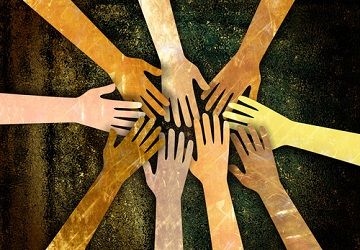Study Identifies Nationwide Shortage of Minority Dentists
The study authors found that African Americans, Hispanics or Latinos, and American Indians or Alaska Natives within the country are disproportionately underrepresented in the dental field.
has examined the nationwide shortage of minority dentists, who represent a smaller percentage of the dental workforce than previously reported. Minority dentists are also distributed unevenly in relation to minority populations within the United States, according to the study.
The study authors found that African Americans, Hispanics or Latinos, and American Indians or Alaska Natives within the country are disproportionately underrepresented in the dental field. The study showed that for parity, as many as 53,753 minority dentists are needed nationwide. This calculation is based off data collected from a 2012 national sample survey of underrepresented minority dentists.
In the 2012 survey, the minority dentists’ practice patterns were also examined in relation to the attributes of members of their surrounding communities. The researchers found that members of minority groups made up larger portions of minority dentists’ patients within these communities. In comparison to counties where there were no underrepresented minority dentists, counties with one or more minority dentists were more racially diverse and affluent. However, these same counties were also more unequal economically and socially.
The lead author of the study, Elizabeth Mertz, PhD, MA, noted, “We found a daunting shortage of underrepresented minority dentists, which indicates that the cumulative impact of current policy efforts to increase workforce diversity is woefully inadequate — despite initiatives at the local, state and federal level. Dentists who want to serve high-need communities may be unable to do so, given the current economics of the dental practice environment and the lack of oral health parity.”
The study results indicate a need for policy improvements that enhance the diversity of the dental workforce. Recommendations include the development of a longer, more comprehensive and sustained educational pipeline for minority students, better systems of care, and an absolute culture of inclusion within the dental community. As evidence has already shown, improvements to workforce diversity promote social justice and help to increase access to and quality of health and dental care to minority patients.
“Dentistry policymakers are aware of current issues related to underrepresented minority dentists. However, the underlying problem is not a lack of vision or options but rather a lack of political will and resources to implement change,” writes Mertz.
